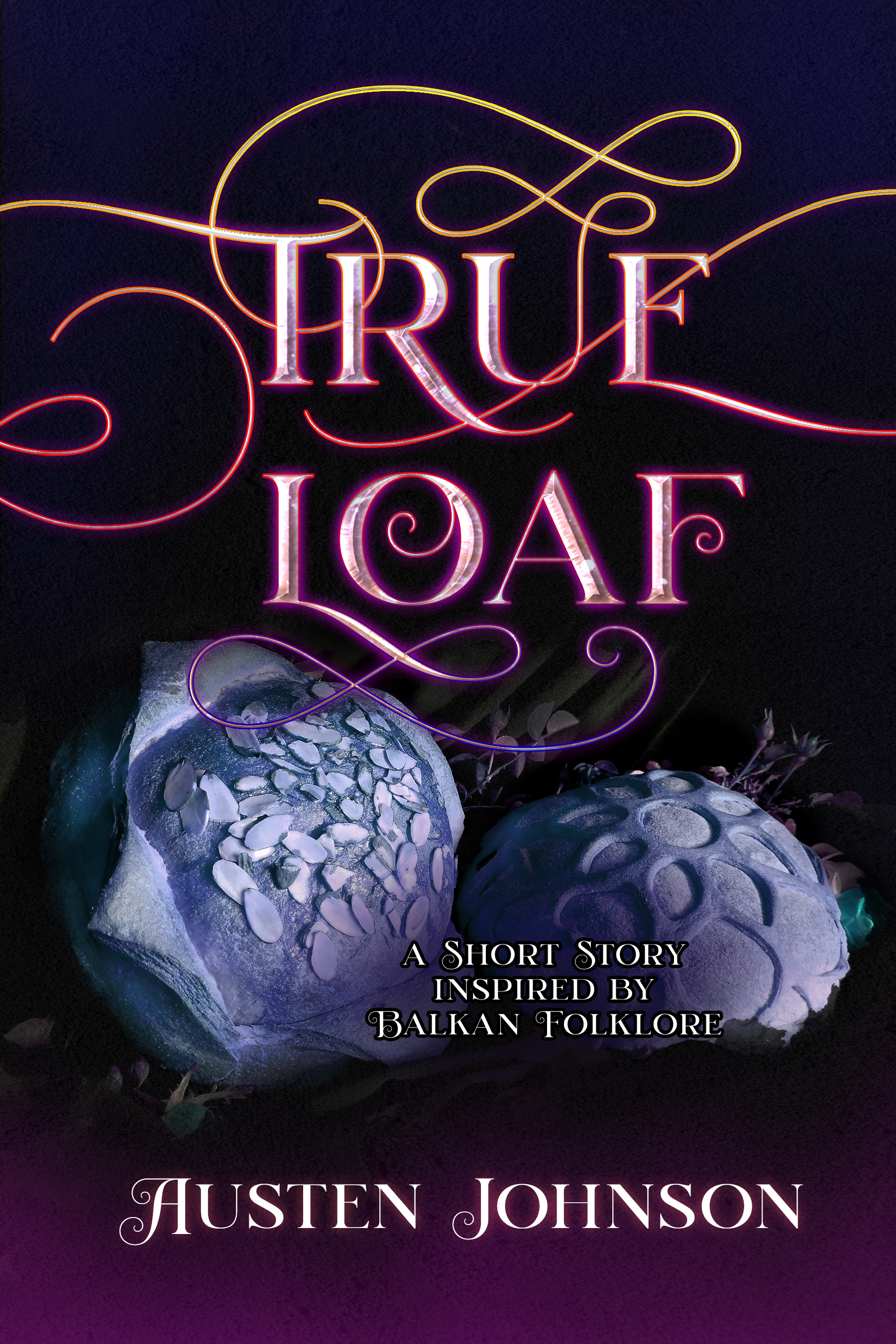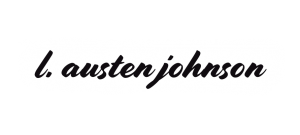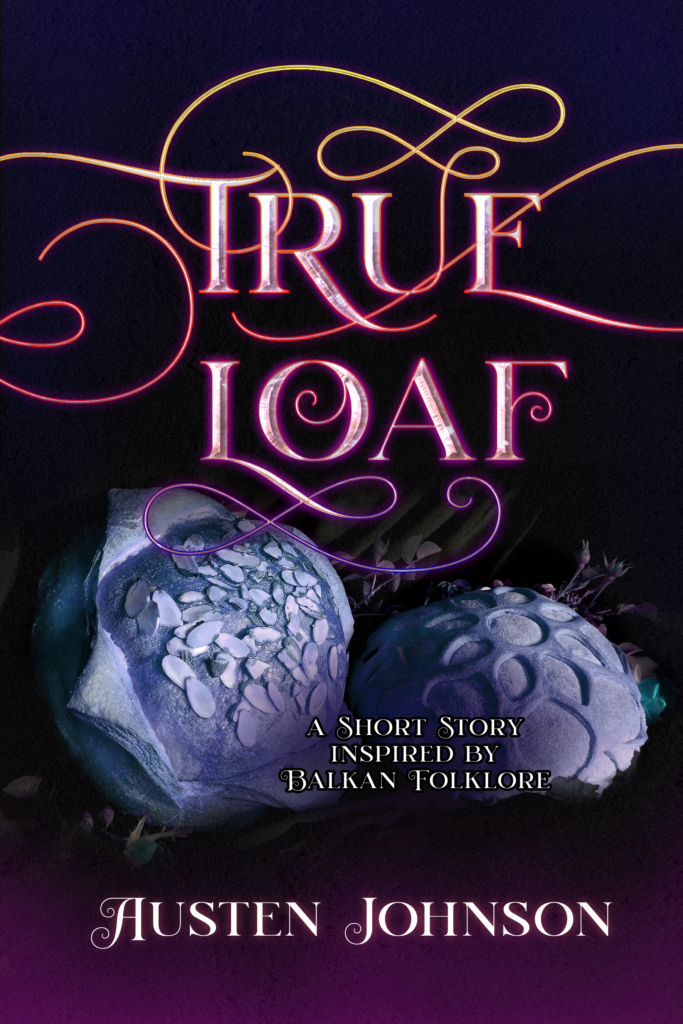Analyzing the Folklore in True Loaf

This month, I published a short story inspired by Balkan folklore called True Loaf (on Smashwords and Amazon). This story is one of those times when my academic life and my personal writing life were able to collide. Originally, True Loaf was a story meant to follow a set of folklore archetypes. Specifically, it includes a whole bunch of elements from the folklore morphology of a guy named Vladimir Propp. He’s a Big Deal™ in the history of folklore studies, even though a lot of people have since come forth and added a bit more nuance to his thoughts. Here’s his book, The Morphology of the Folktale, if you’re interested in learning more.
So when I say True Loaf is “inspired by Balkan folklore,” I mean it not in the “this is another Brother’s Grimm retelling sense,” but more in the general tone, plot, and structure. This story will (hopefully) make you nostalgic for folktales from the region, even if it’s not a direct retelling of any specific story. That’s part of the reason I kept the description so vague:
“When a strange man puts in a strange request at the bakery where she works, Riley must go on a mini-adventure to find one unusual ingredient. Along the way, she realizes that things are not always what they seem.”
For most of you, this explanation is sufficient, and you can go on your merry way and read the story (for free!) now.
For those of you who are folklore aficionados, I’ve included my Propp-based story analysis under the cut.


